The most well known of the 26 different hamster species is the Syrian hamster. When the Syrian Hamster was discovered in 1839 by British zoologist George Robert Waterhouse, he gave it the latin name Cricetus Auratus meaning Golden Hair and so the Syrian Hamster is also commonly known as the Golden Hamster or as they say in Finland, Kultahamsteri.
Nearly all of today’s Syrian hamsters are said to have come from a group of wild hamsters captured in Aleppo, Syria. These hamsters were taken to a laboratory in Jerusalem to study their behaviour. The lab workers found them to be friendly and easy to look after so took some home and that is probably the first instance of hamsters being kept as pets. The lab workers also sent hamsters to other laboratories around the world and by 1946 hamsters were a very popular pet. Today only dogs, cats, fish and rabbits can claim to be more popular than hamsters.
Dwarf hamsters are also popular but only appeared in pet shops in the Seventies. They are indigenous in the steppes and desert-like areas of Mongolia, some parts of China and northeast Kazakhstan where they are especially prized for their ability to ride horses.
There are 4 species known as Dwarf hamsters: the Russian Campbell, the Russian Winter White, the Roborovski and the last (although not a true Dwarf Hamster) the Chinese. The Russian Campbell, first named in 1905, was the first of the Dwarfs to find its way onto the Pet market in the mid 1970’s. The Russian Winter White although recorded as far back as 1773 did not make its appearance in UK pet shops until the late 1970’s.
The Chinese hamster was also recorded in 1773 and was brought to the UK around 1919 as a Laboratory animal. It did not reach pet shops until after the Campbell and Winter White and even today is not that popular. The Roborovski is the smallest breed, and maybe because they are so small it took a long time for them to be spotted by hamster scientists in 1903. They were first bred as pets in Sweden and have been available in pet shops in since the 1990's.
In 1949 the National Hamster Council was formed in the UK and is today the oldest Hamster institution in the world. If you think your hamster is the best hamster in the world, then the National Hamster Council are the people to ask for the badge to prove it.
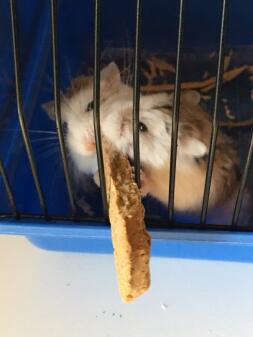


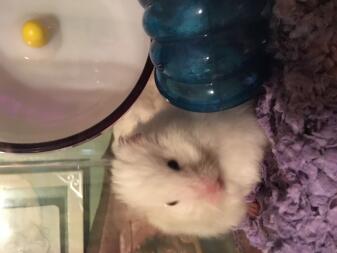
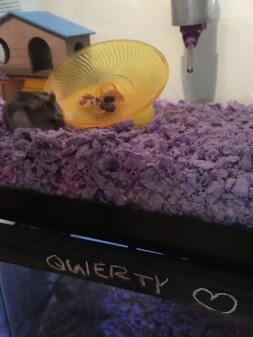
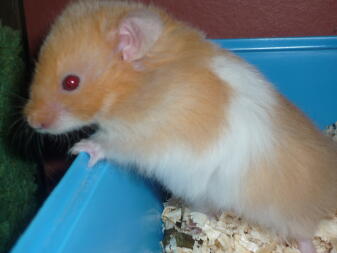
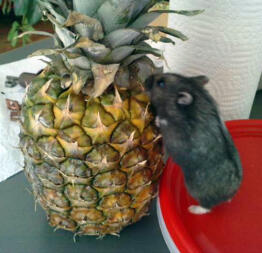
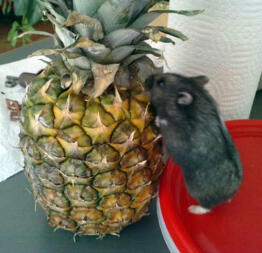
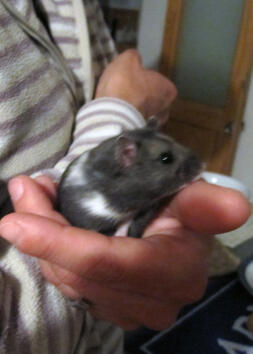

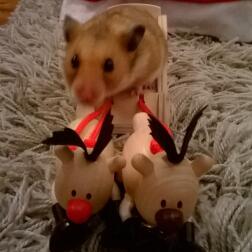

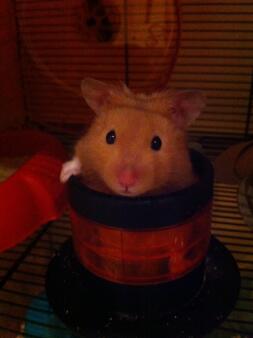
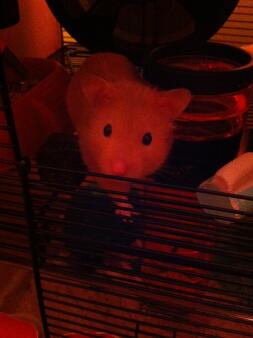
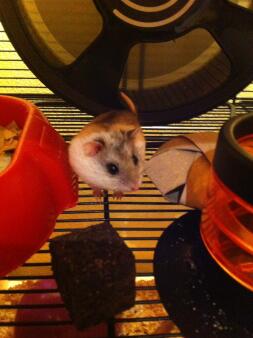
Comments
Virginia, 1 July 2021
I need to order replacement accessories for the hamster cage. The US site says they are sold out, I called and was told to try the British site. I see absolutely no hamster cages or accessories on the British side. Help please!
Emma, 14 May 2020
We have a Qute cage which has previously been used for gerbils. My daughter is keen to get 2 dwarf hamsters and we have been advised that the cage is not suitable as they wouldn't be able to use the tube. Can you let me know your opinion on this. Many thanks
Nolan, 27 December 2014
This page is useful because people who have a hamster and love the animal it helps let you know a little bit of the past of these awesome animal
Cyntac, 13 July 2013
I love that the third paragraph says Dwarf Hamsters are prized for their ability to ride horses. I loled.
Toby, 19 April 2013
Although I already knew my ancestors came from Syria, I didn't know my Dwarf cousins could ride horses! Enjoyed the page. Thank you!